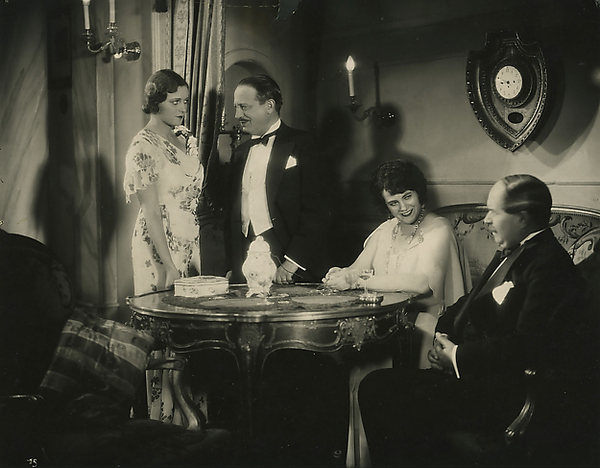On 21 November, we celebrate World Television Day. On this occasion, we’ll guide you through the television’s humble history in Hungary, as well as present you with four must-see classics of Magyar cinema from the 20th century.
Despite several Hungarians along the way of its history (Kálmán Tihanyi: the inventor of the electronic television system, or Péter Goldmark, who developed the first-ever colour television in 1940), television arrived quite late to the country. The very first broadcast only took place in 1954, while the first devices available to the public were released in 1956. Their price amounted to an engineer’s 10 month salary. On 1 May 1957 the first official broadcast of the Hungarian Radio and Television was launched with the live coverage of the May Day parade. Broadcasts during the year were only shown on Tuesdays and Fridays. As it quickly gained an important role in politics, the government decided to install the second Hungarian television transmitter in hopes of influencing the proletariat more easily.

Undeterred by its high price, people were so enthusiastic about television that the service had almost 80,000 subscribers by 1960. Broadcasts were extended to five days a week, with a break on Mondays and Fridays. The Rome Olympic Games had live coverage that summer. By 1970, the mass manufacturing of colour TVs had started and became widely available – the number of subscribers reached 1.7 million. By the 1980s, TV shows were playing a major role in everyday life, with Hungarian soap operas, like Szomszédok, gaining a massive following. In 1992, Duna TV was launched, the first Hungarian television broadcasting company to use a satellite, while in 1997 TV2 and RTL Klub started their broadcast as the first two commercial channels in the country.
Hyppolit, the Butler (1931)
One of the first sound films produced in Hungary, Hyppolit is a classic comedy of manners, starring the legendary Gyula Kabos as the ignorant nouveau riche entrepreneur Mátyás Schneider, and Gyula Csortos, as the family’s new butler, an educated man who formerly served in the household of a count for 27 years, traveling around the world with him. Soon enough, life turns upside down for the Schneider family, with an inevitable scandal brewing in the background. In 2000, Hungarian film critics chose it as one of the twelve best films of Hungary.

It Happened in Europe (1948)
Depicting the aftermath of World War II, It Happened in Europe focuses on a band of runaways and orphans, who scour the countryside in search of food and shelter. They invade and then are taken in by a musician who’s hiding in a ruined castle. After the initial altercation between them the gang accepts his guidance and he wins their respect by protecting them from the elements. However, when the local townsfolk find out about the whereabouts of the group who laid waste to their crops, things go south for everyone. Often compared to Italian Neorealism, It Happened in Europe is a gripping and emotional fictional record of the short-lived Children’s Republic.
Sindbad (1971)
Based on Gyula Krúdy’s irresistably detestable literary character, Sindbad tells the story of the middle-aged traveler through his streaming memories of past love affairs. Beautifully shot and full of mouthwatering delicacies, this movie is as much a tale of hedonism well done as it is a perfect example of stream-of-consciousness storytelling in cinematic form. The painterly film’s fractured time structure and rapid montages of brief and freely associated shots make it a revolutionary classic of Hungarian filmmaking. Beware, however, Sindbad is not for everyone.
The Fifth Seal (1976)
Directed by Zoltán Fábri based on the book of the same name by Ferenc Sánta, The Fifth Seal is set in 1944’s Budapest, during the time of Arrow Cross rule. As World War II rages on in the outside world, a watchmaker, a book seller, and a carpenter are drinking in a bar with the owner, when they are joined by a stranger. The watchmaker asks the group a hypothetical question that will change their lives. Besides winning the Golden Prize at the 10th Moscow International Film Festival, it was also selected as the Hungarian entry in the Best Foreign Language Film category at the 49th Academy Awards, but was not accepted as a nominee.